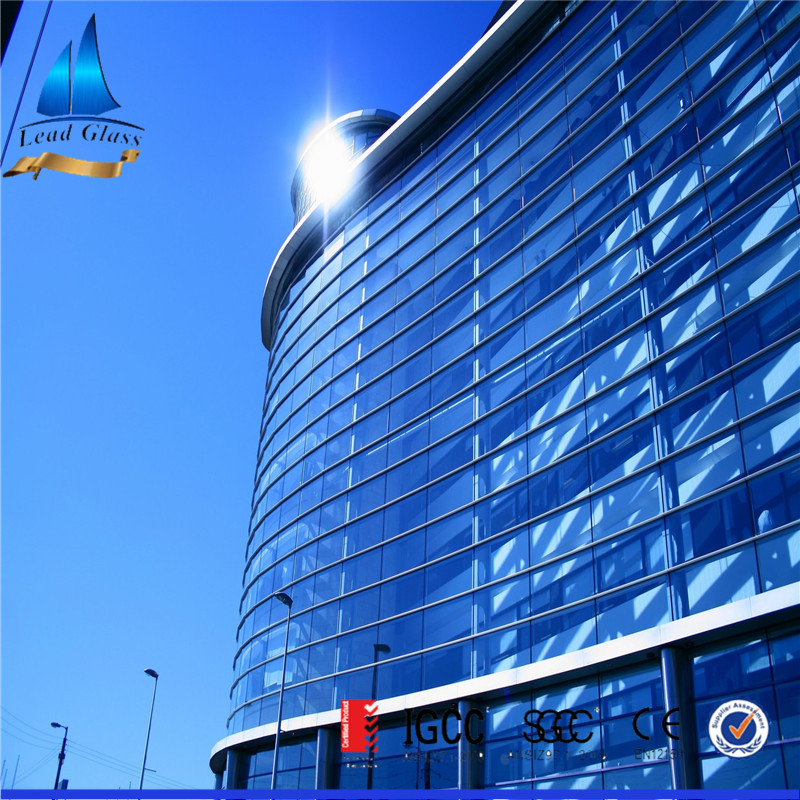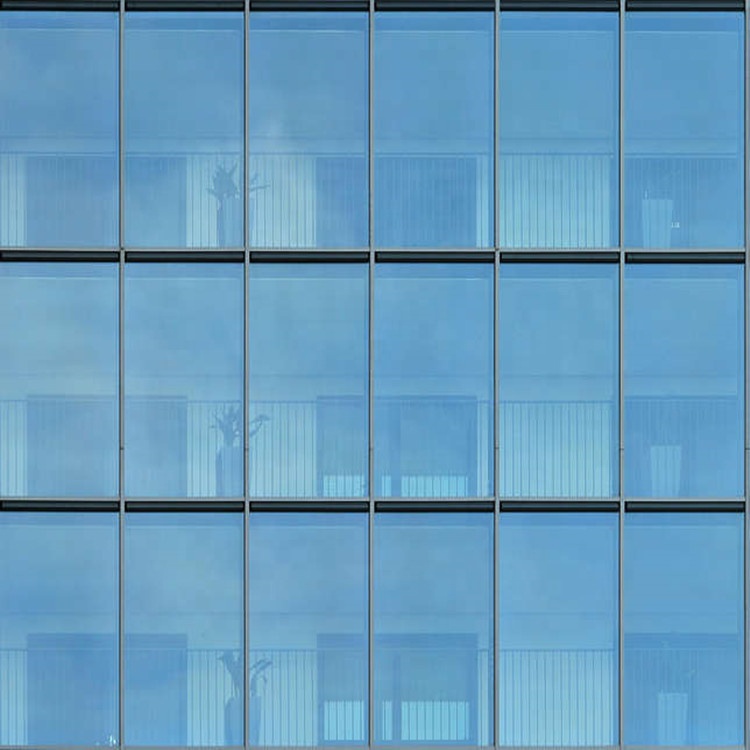Winter wheat Urea 4-5 kg, diammonium phosphate 18-20 kg, potassium chloride 5-8 kg Regreening period Urea 5 kg
Spring wheat 5 kg of urea, 20 kg of diammonium phosphate, 5-8 kg of potassium chloride, jointing stage, urea 10-13 kg
Single season rice Urea 8-10 kg, superphosphate 25-50 kg, potassium chloride 8-10 kg, zinc sulfate 1-2 kg Tiller period Urea 5-8 kg
Early rice Urea 8-10 kg, superphosphate 38-50 kg, potassium chloride 10-13 kg, zinc sulfate 1-2 kg Tiller period Urea 5-8 kg
Late rice Urea 8-10 kg, 25 kg superphosphate, 10-13 kg potassium chloride, 1-2 kg zinc sulfate Tiller period Urea 5-8 kg
Spring corn 5 kg urea, 15-20 kg of diammonium phosphate, 20 kg of potassium chloride, 1-2 kg of zinc sulfate Seedling period Urea 5 kg
Summer corn Fertilizer, 3-5 kg ​​of diammonium phosphate, 5 kg of potassium chloride, 1-2 kg of zinc sulfate, 1-2 kg of manganese sulfate (to be separated from the seed) Seedling period Urea 5-10 kg
Soybean seed fertilizer, 10 kg of superphosphate or 5 kg of diammonium phosphate (to be separated from the seed) 1% ammonium molybdate solution seed dressing (0.5 kg solution per mu), rhizobium agent amount of initial flowering urea 5-8 kilogram
Ordinary cotton oil residue 75-100 kg or farmer's fertilizer 2-3 tons, urea 10 kg, diammonium phosphate 20-25
Kilograms, potassium sulfate 5-8 kg bud period (before head water) urea 5-8 kg
Insect resistant cotton 8-10 kg
Crop base fertilizer (using special formula fertilizer or fertilizing as follows)
Winter wheat Urea 4-5 kg, diammonium phosphate 18-20 kg, potassium chloride 5-8 kg Jointing stage Urea 10 kg
Spring wheat 5 kg urea, 20 kg diammonium phosphate, 5-8 kg potassium chloride
Single season rice Urea 8-10 kg, superphosphate 25-50 kg, potassium chloride 8-10 kg, zinc sulfate 1-2 kg Booting period Urea 8-10 kg
Early rice urea 8-10 kg, superphosphate 38-50 kg, potassium chloride 10-13 kg, zinc sulfate 1-2 kg booting stage urea 5-8 kg
Late rice Urea 8-10 kg, 25 kg of superphosphate, 10-13 kg of potassium chloride, 1-2 kg of zinc sulfate, Booting stage Urea 8-10 kg
Spring corn Urea 5 kg, diammonium phosphate 15-20 kg, potassium chloride 20 kg, zinc sulfate 1-2 kg Large bell mouth urea 15-20 kg
Summer corn Fertilizer, 3-5 kg ​​of diammonium phosphate, 5 kg of potassium chloride, 1-2 kg of zinc sulfate, 1-2 kg of manganese sulfate (to be separated from the seed) Large bell mouth period Urea 20-25 kg
Soybean seed fertilizer, 10 kg of superphosphate or 5 kg of diammonium phosphate (separate from the seed) 1% ammonium molybdate solution seed dressing (0.5 kg solution per mu), rhizobium dosage
Ordinary cotton oil residue 75-100 kg or farmer's fertilizer 2-3 tons, urea 10 kg, diammonium phosphate 20-25
Kilograms, potassium sulfate 5-8 kg Flowering bell period (before dihydrate) Urea 13-15 kg
Insect resistant cotton 10-13 kg
Crop base fertilizer (using special formula fertilizer or fertilizing as follows)
Winter wheat Urea 4-5 kg, diammonium phosphate 18-20 kg, potassium chloride 5-8 kg. Spraying twice at the beginning of grouting, each time around 7 days, potassium dihydrogen phosphate solution concentration 0.2%
Spring wheat 5 kg of urea, 20 kg of diammonium phosphate, 5-8 kg of potassium chloride. Spraying twice at the beginning of grouting, about 7 days apart. Potassium dihydrogen phosphate solution 0.2%
Single season rice Urea 8-10 kg, superphosphate 25-50 kg, potassium chloride 8-10 kg, zinc sulfate 1-2 kg Heading period Urea 3-5 kg
Early rice urea 8-10 kg, superphosphate 38-50 kg, potassium chloride 10-13 kg, zinc sulfate 1-2 kg heading period urea 0-3 kg
Late rice Urea 8-10 kg, 25 kg of superphosphate, 10-13 kg of potassium chloride, 1-2 kg of zinc sulfate Heading period Urea 3-5 kg
Spring corn 5 kg urea, 15-20 kg of diammonium phosphate, 20 kg of potassium chloride, 1-2 kg of zinc sulfate, tasseling period, urea 3-5 kg
Summer corn Fertilizer, 3-5 kg ​​of diammonium phosphate, 5 kg of potassium chloride, 1-2 kg of zinc sulfate, 1-2 kg of manganese sulfate (to be separated from the seed), male period, urea, 3-5 kg
Soybean seed fertilizer, 10 kg of superphosphate or 5 kg of diammonium phosphate (separate from the seed) 1% ammonium molybdate solution seed dressing (0.5 kg solution per acre), the rhizobial agent is sprayed once in the pod Potassium dihydrogen phosphate solution concentration 0.2%
Ordinary cotton oil residue 75-100 kg or farmer's fertilizer 2-3 tons, urea 10 kg, diammonium phosphate 20-25
Kilograms, potassium sulfate 5-8 kg
Insect resistant cotton
Note: This table is the reference dosage. The specific fertilizer application and fertilization period should be adapted to local conditions. The local agricultural technology department recommends soil fertilization as the standard.
Reflective glass is clear or tinted glass that has a very thin layer of metal or metallic oxide on the surface. The reflective coating is applied during the float process. The thicker the glass is, the less light will pass through the window. The reflective coating reduces heat gain and glare from the outside while allowing visible light to enter. Toughened Reflective can be used directly, and also can be processed into Laminated Glass, Insulated Glass for windows, doors, building walls and so on.
Tempered Glass is often used in applications where using standard glass could pose a potential danger. Tempered glass is stronger than standard glass and does not shatter into large shards when broken. This is important, because it can greatly minimize potential danger in the case of a break. Manufactured through a process of extreme heating and rapid cooling, tempered glass is much harder than normal glass.
In the case that tempered glass does break, it shatters into small pebbles that are void of dangerous, sharp edges. As tempered glass is considered to be much safer than normal glass, you may often here it referred to as safety glass or TOUGHENED GLASS . Tempered glass has a wide variety of uses that you'll find just about everywhere. In fact, the shower doors in your bathroom or the side glass on a motor vehicle are examples of tempered glass.
Annealed float glass mainly clear float glass, ultra clear float glass, color tinted glass, reflective glass, they are substrate, can be processed into tempered glass, laminated glass, insulated glass, LOW-E glass, Frosted Glass , Back Painted Glass, Printed Glass , coated glass. Tinted reflective glass mainly brown, grey, blue, green. It can be processed into colored reflective tempered glass, Reflective tempered laminated glass, Reflective Insulated Glass and so on on customer's request.




Custom Tempered Reflective Glass, Reflective Tempered Insulated Glass, Tempered Glass Reflection, Reflective Laminated Glass
Shanghai Lead Glass Co.,Ltd , https://www.leadglazing.com